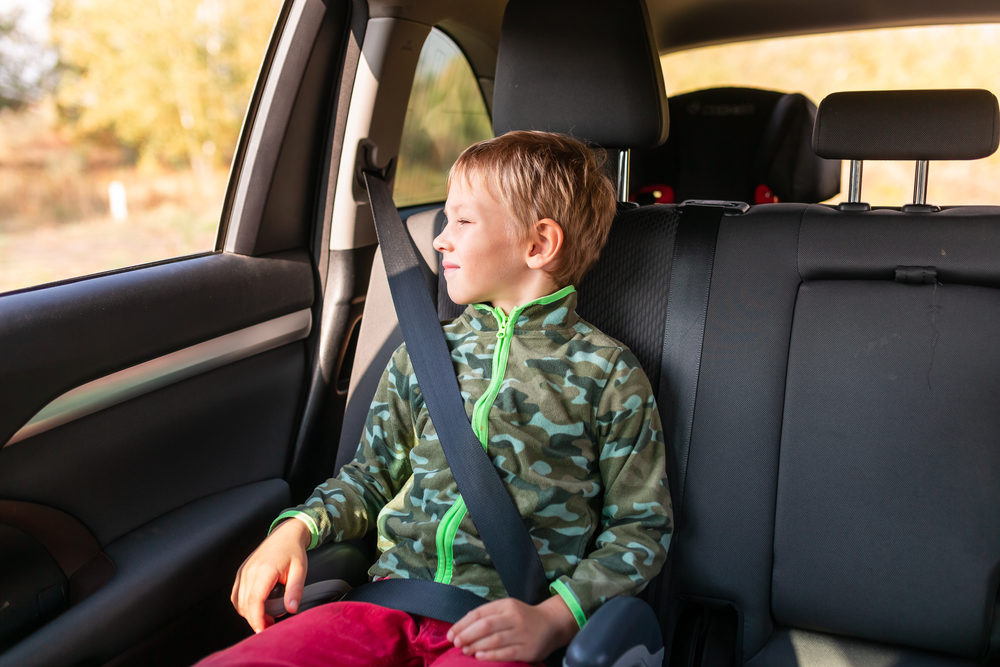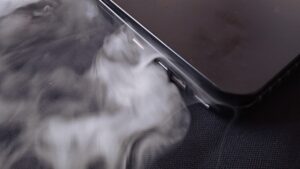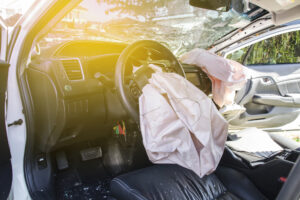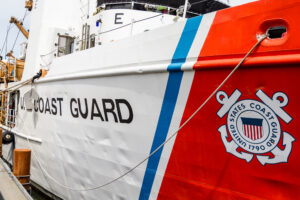
Every year, more than 91,000 children are injured in car accidents. Hundreds more will tragically lose their lives in vehicle crashes. One of the most effective ways to keep children out of harm’s way is by keeping them in proper car seats while on the road. A parent’s top priority is making sure their child is safe, and a properly installed car seat can reduce the risk of fatal injury by up to 82 percent. Yet it can be difficult for a caretaker to know which seat offers the most protection.
About 40% of children between 4 and 7 years old are in booster seats, and these seats are usually high-back or backless. High-back boosters have shock-absorbing bolsters to provide extra support. Backless booster cushions raise a child, so the seat belt fits properly. Backless booster seats are inexpensive and retail for under $25, and the seats are compact and easy to transfer between vehicles. Additionally, they’re low-profile and don’t look like traditional car seats, which may make older kids more likely to use them without complaining. But they have one significant drawback. They provide less protection than high-back booster seats, which have extra side-impact cushions.
A child seated in a backless booster will be in more danger after a T-bone accident. Nearly 25 percent of fatal accidents are side-impact crashes, and they often cause serious injuries. High-back boosters have seat belt guides to help make sure a child is in the correct position, and they also have energy-absorbing foam on both sides to help in case of an accident. Children are likely to slouch in their seats and might not have ideal posture, so a high-booster back also offers a headrest to help a child stay in place.
Louisiana Car Seat Laws
Every state sets its car seat legislation, and some are more stringent than others. Per Louisiana law, all children under 13 years old must sit in the backseat and wear proper restraints. Infants and toddlers two years old or younger must ride in a rear-facing car seat. When a child outgrows a rear-facing seat and is at least two years old, they can ride in a forward-facing seat with an internal harness. At four years of age, a child can use a booster seat. Operating a vehicle when a child isn’t properly restrained is a primary offense in Louisiana.
Drivers who break the law will be fined $100 for the first offense, between $250 and $500 for a second offense, and $500 plus court costs for a third offense. If a child is in a car seat but in a restraint that isn’t age- or size-appropriate, they could face a $100 fine. While any child older than four can legally ride in a backless booster seat, safety experts are more conservative with their recommendations. Car seat experts recommend that children stay in high-back boosters for as long as possible, although older children can use backless seats up to 100 pounds. The Insurance Institute for Highway Safety provides a database of booster ratings based on lap and shoulder belt locations for parents who are unsure of which seat might be best.
A Car Seat Manufacturer’s Responsibility
Car seat manufacturers have a responsibility to warn consumers of any possible dangers associated with their products. Unfortunately, some car seat companies have done the opposite. According to a ProPublica investigation, Evenflo knew that children could be injured or killed in an accident while in their booster seats. Instead of alerting customers, the company continued to advertise its boosters as “side impact tested.” The company also had evidence that its booster seats weren’t ideal for children who weighed less than 40 pounds but continued to sell them.
If a manufacturer knowingly conceals product risks from the general public, they can be held liable after a car accident. Dangerous and defective products are always a hazard. The trouble is only magnified when it involves babies and children. Have you been in a car accident with a backless booster seat? Herman, Herman & Katz can answer your questions about liability. For more information or a free case review, call 844-943-7626 or fill out our online contact form to see if you have a claim.

Jed Cain is a partner with Herman, Herman & Katz, LLC. He has dedicated his career to representing injured folks and their families.














Comments for this article are closed.